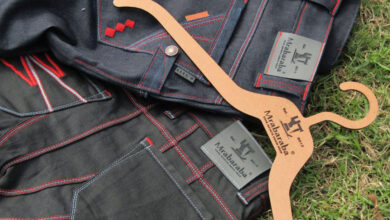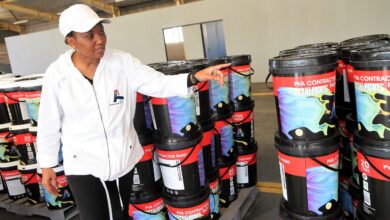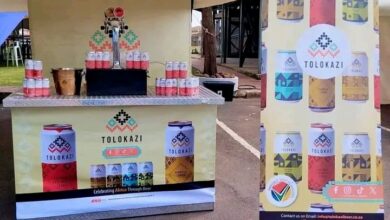From Downtown Cool to Global Influence: The Rise of Alexander Wang’s Fashion Empire

From Downtown Cool to Global Influence: The Rise of Alexander Wang’s Fashion Empire. When Alexander Wang launched his eponymous label in 2005, the New York fashion scene was craving something raw, urban, and real. At just 21, Wang brought a disruptive vision to womenswear: an effortless blend of grunge, sportswear, and minimalism. Over the years, his brand evolved into a symbol of downtown cool, worn by celebrities, embraced by critics, and coveted by a global audience. But behind the success lies a calculated series of decisions, strategic pivots, and resilient leadership.
Early Momentum: A Clear Aesthetic and a Bold Debut
Born and raised in San Francisco, Wang studied at Parsons School of Design before dropping out to pursue his own label. In 2007, his first full women’s ready-to-wear collection debuted to significant attention, centered on slouchy silhouettes, leather jackets, and urban layering. This look quickly gained traction among fashion-forward consumers who resonated with Wang’s effortless aesthetic and gender-fluid undertones.
The brand’s early success was also boosted by strategic celebrity endorsements. Stars like Erin Wasson and Zoë Kravitz became unofficial ambassadors, embodying the brand’s edgy yet laid-back vibe. This alignment wasn’t coincidental—Wang cultivated relationships with tastemakers who genuinely reflected his design ethos, turning his runway into a reflection of real-life culture.

Expansion Through Strategic Category Growth
Rather than overextending too quickly, Wang expanded his offerings with purpose. In 2008, he introduced his first handbag line, which included the iconic Rocco duffle. With its studded base and utilitarian appeal, the Rocco bag became an instant hit and a staple in street-style photography.
This success demonstrated Wang’s ability to translate his apparel aesthetic into accessories without losing brand cohesion. His foray into footwear followed a similar trajectory, eventually leading to full lifestyle collections, including menswear launched in 2011.
The H&M Collaboration: A Defining Moment
One of Wang’s most notable turning points came in 2014 with a high-profile collaboration with H&M. As the first American designer to partner with the fast-fashion giant, Wang delivered a collection that merged performance gear with fashion-forward detailing.
The launch drew overnight lines and global media coverage, making the brand accessible to a wider audience while preserving its core identity. Unlike other collaborations that diluted brand perception, Wang’s capsule maintained its aesthetic integrity, proving that accessibility doesn’t have to compromise authenticity.
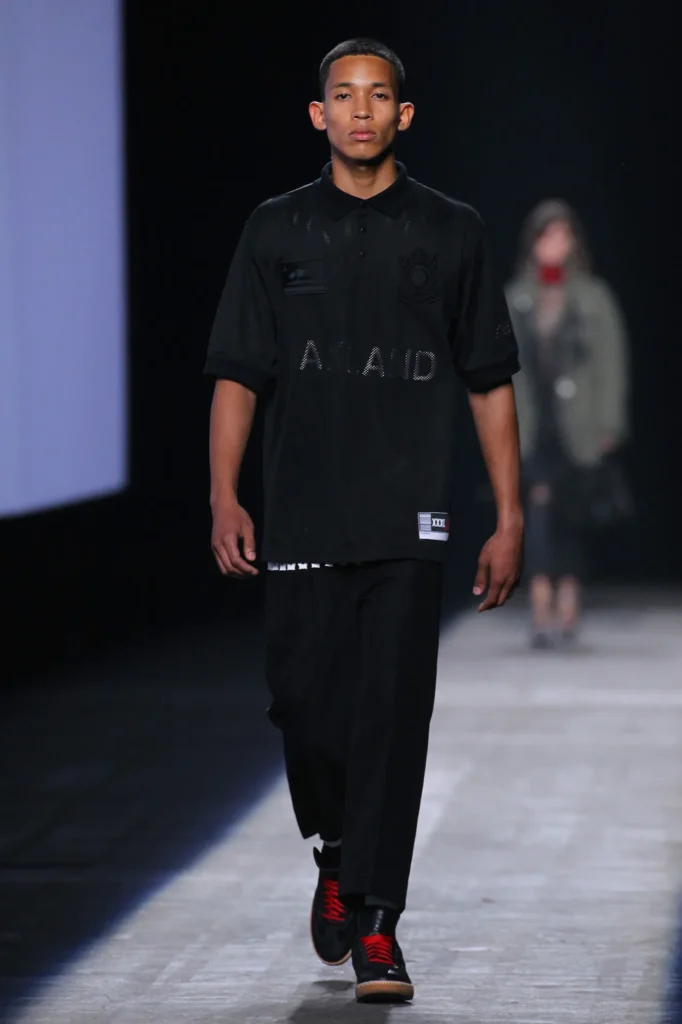
Creative Leadership at Balenciaga
From 2012 to 2015, Wang served as the creative director at Balenciaga, bringing fresh energy to the storied house. Though his tenure was relatively brief, it elevated his profile globally and demonstrated his ability to lead a historic brand while managing his own label.
The experience refined his understanding of the luxury sector, influencing the tailoring and architectural elements in later Alexander Wang collections. Importantly, it also signaled to the industry that Wang was more than a trendsetter—he was a serious designer with cross-market capabilities.
Resilience Through Controversy and Market Shifts
Like many fashion brands, Alexander Wang faced hurdles. Allegations of misconduct against the designer emerged in 2020, sparking public scrutiny. Wang responded with public statements and engagement with the individuals involved, eventually resuming runway shows and brand activities.
The brand’s recovery has been shaped by transparency and a focus on creative output. Recent collections have returned to the label’s roots: strong tailoring, street-inspired design, and a renewed commitment to the consumer. It serves as a case study in how brand resilience is about both internal reform and external communication.
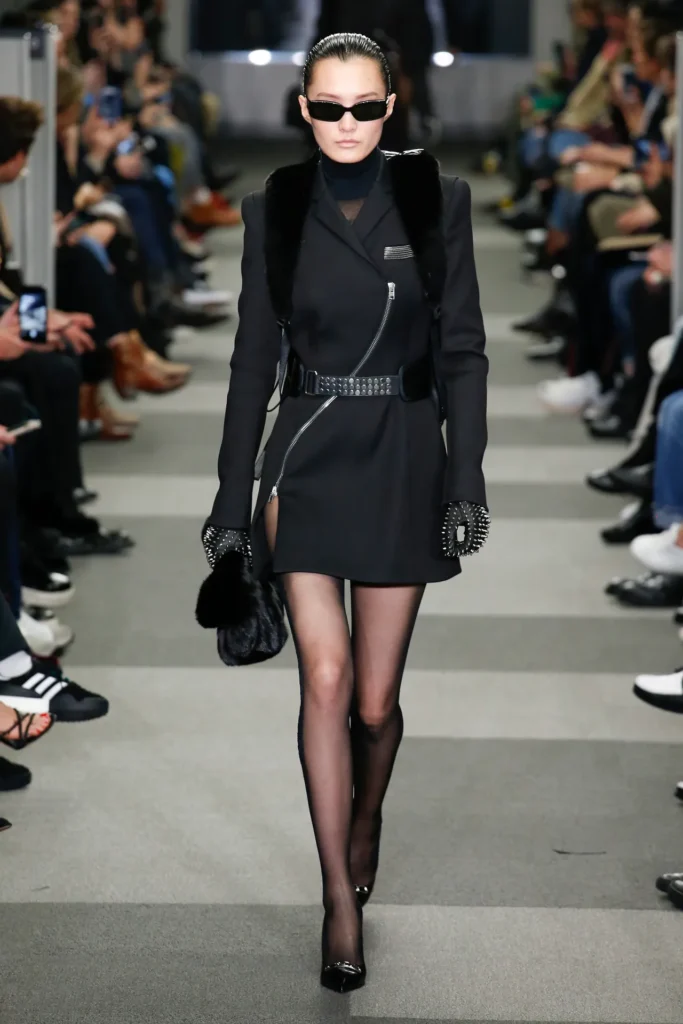
Key Lessons for Aspiring Entrepreneurs
- Build Around a Distinct Identity: From the beginning, Alexander Wang stood for a clear vision—urban ease with high-fashion polish. A strong identity makes every brand decision easier.
- Leverage Authentic Partnerships: The brand’s cultural capital was amplified by working with tastemakers who naturally aligned with its values.
- Expand with Intention: Growth across categories (bags, shoes, menswear) succeeded because it followed demand and stayed on-brand.
- Collaborate Without Compromise: The H&M partnership maintained design integrity while reaching millions. Scale doesn’t have to mean selling out.
- Lead with Accountability: Challenges are inevitable. Brands that recover maintain authenticity, address issues transparently, and return to their core strengths.
Conclusion
Alexander Wang’s journey from a young New York upstart to a global fashion force is a story of vision, adaptability, and brand loyalty. His path shows that success in fashion isn’t just about trends—it’s about timing, relationships, resilience, and never straying too far from what made the brand matter in the first place.


